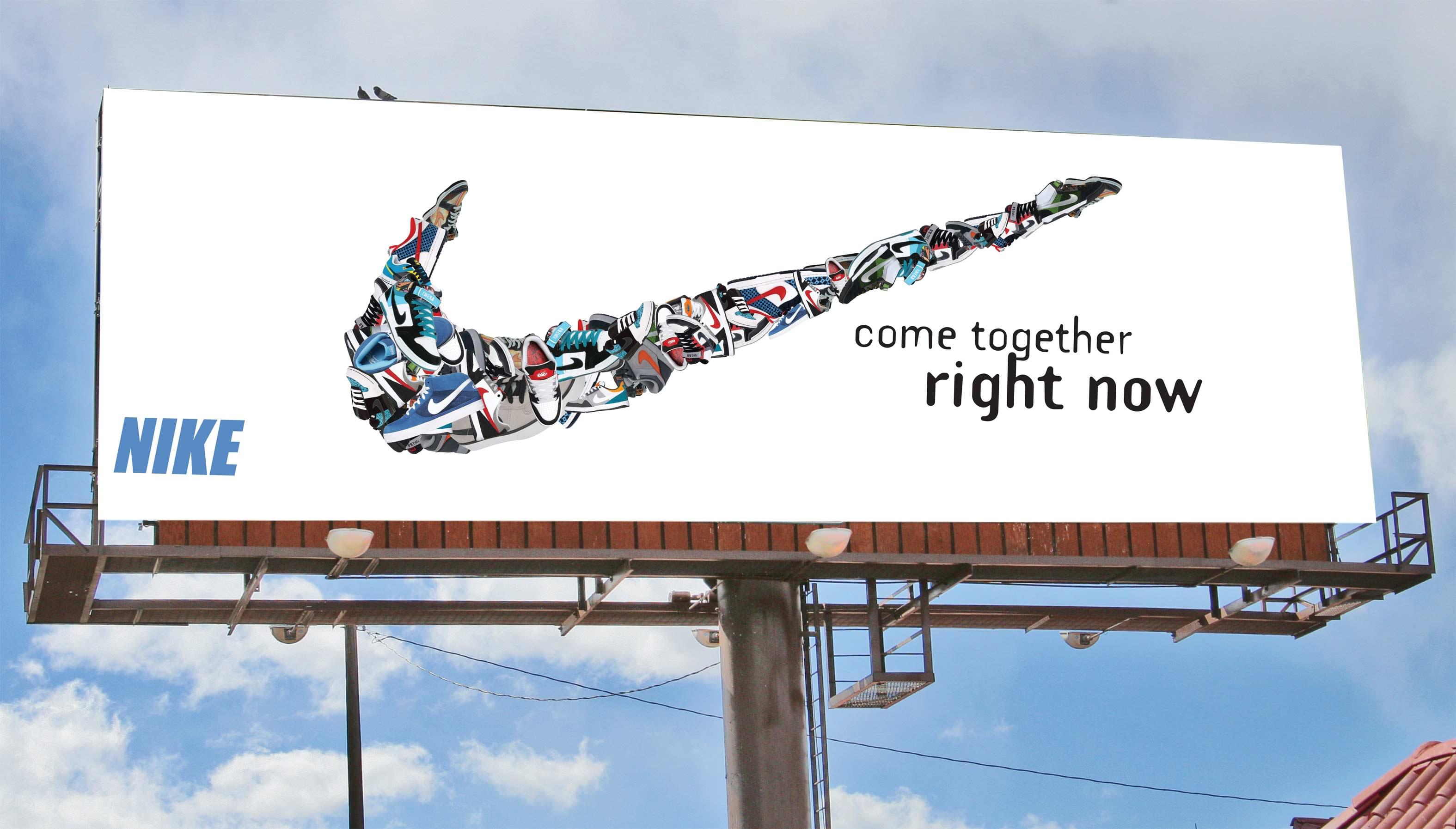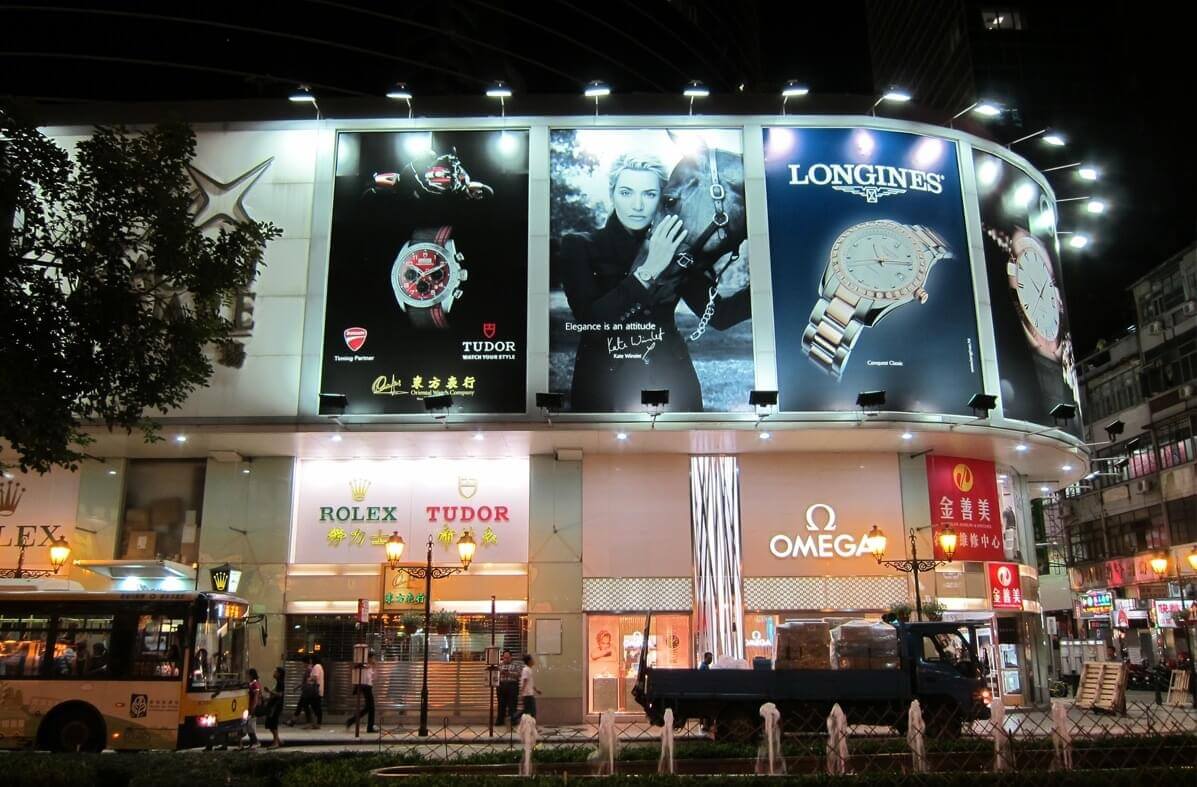

Out of Home advertising is nearing its “big bang” moment, where data, technology and physical infrastructure genuinely and seamlessly connect to enable a new era of efficiency and effectiveness for advertisers. The fact that out-of-home, in its entirety, continues to deliver more than 90% reach and three hours spent in its company every day, underlines its importance and resilience in a transforming media landscape.
Out of home Advertising has been transformed in recent years by digitization. Around 50% of the Out Of Home revenue is going to be digital and it would reach around 50% of the population.
Research has revealed that dynamic digital OOH used to serve more contextually relevant messages increases spontaneous advertising awareness by 18%. Furthermore, ad-serving relevant content by audience increases the effectiveness of a campaign by at least 15%.
Advertising is the best way to reach out to the target audience and communicate with them. There are different marketing means and tools that help rise the graph of advertising goal such as mobile billboards, advertising on trucks, advertising on buses, vehicle wraps, signage, TV advertisements, radio ads, banners and bill boards.
Advertising has been there for years. A company invests in advertising to get brand exposure and gain the attention of viewers or consumers. Every new or old, big or small company invests in advertising to get recognized from a distance. People used to do advertising in the early ages too, but now the means and the way to advertise are modified keeping in mind the real motto of the concept. When you consider an advertisement, it certainly means that your are investing in your business in the right direction either to get recognized or to redirect audience to your business.
OOH Advertising Defined
Outdoor advertising, also known as out-of-home (OOH) advertising, is a powerful and effective way for businesses to reach a large audience. Whether it’s billboards, transit ads, street furniture, or digital displays, outdoor advertising offers a unique opportunity to capture the attention of people in public spaces. In this blog post, we’ll explore the effectiveness of outdoor advertising, its key benefits, and why it’s an essential component of any comprehensive marketing strategy.
Advertising has two purposes: Sales Activation and Brand Building. The first one targets people who are looking to purchase on the spot or aims to trigger a purchase. The latter targets people who do not yet feel the need to purchase a product by trying to educate them about a brand or reinforce their engagement with the brand. The main concept of Sales activation is encouraging people to purchase a product right there and then but does not build long-term growth and loyalty towards a brand. On the other hand, Brand building increases sales growth by creating awareness of the brand and its’ products.
Effectiveness
Outdoor Advertising is surely an efficient method to publicize products and services anywhere and anytime. In earlier days, advertising was generally done by painting the billboards by hand, and that was high-priced and time-consuming. However, with today’s cutting-edge computer technology, they can now be designed with the aid of computers and printed on vinyl paper, and then fixed onto the backcloth. This results in a good advertisement in very less time and at an affordable price.
Why Is it effective?
Outdoor advertising is extremely effective because of:
1) You can simply create an advertisement depending upon your creativity to target the right audience.
2) If you opt for outdoor advertising such as mobile billboards, they are even cheaper with prices being small fractions of average advertising costs online.
3) One can do the outdoor marketing in areas specific to need thus saving the spending on every other person.
4) Outdoor advertising is not restricted to just the signage or billboards, you can also advertise on the trucks or buses, or you may opt for mobile billboards, vehicles wraps or bus shelter advertising.
5) In addition to the highly numerous strategic locations, Out-of-Home offers unique and impactful formats that offer space for creativity and flexibility for ever more appealing brand building campaigns.
Key Benefits of Outdoor Advertising
- High Visibility: Outdoor ads are hard to miss, especially when placed in strategic locations such as busy intersections, highways, or transit stations. This high visibility helps increase brand awareness and recall.
- Geographic Targeting: OOH advertising allows businesses to target specific geographic areas, making it ideal for promoting local businesses or events. Brands can choose locations where their target audience is most likely to see the ads.
- Cost-Effective: Compared to other forms of advertising, outdoor ads can be cost-effective, especially when considering their reach and impact. Once the ad is installed, it works 24/7 without additional costs.
- Creative Flexibility: Outdoor ads offer a variety of formats and creative options, including static and digital displays, 3D installations, and interactive elements. This flexibility allows brands to create eye-catching and memorable campaigns.
- Complementary to Digital Marketing: Outdoor advertising complements digital marketing by reinforcing messages seen online. For example, a consumer may encounter an outdoor ad for a brand and later see the same brand online, creating a cohesive brand experience.
- Long-Lasting Impact: Outdoor ads can have a long-lasting impact on consumers, especially if the creative is memorable and engaging. People may talk about the ad with friends or share it on social media, extending its reach.
Measuring the Effectiveness of Outdoor Advertising
Measuring the effectiveness of outdoor advertising can be challenging, but there are several methods businesses can use:
- Impressions and Reach: Track the number of people who pass by the ad location to estimate the ad’s reach and impressions.
- Surveys and Polls: Conduct surveys or polls to gather feedback from consumers about their awareness of the ad and its impact on their purchasing decisions.
- Website Traffic and Conversions: Monitor website traffic and conversions to see if there is a correlation between outdoor ad placements and online activity.
- Social Media Engagement: Track social media mentions and shares of the ad to gauge its impact on brand awareness and engagement.
- Sales and Foot Traffic: Analyze sales data and foot traffic to see if there is an increase in business activity following an outdoor advertising campaign.
Conclusion
Outdoor advertising is an effective marketing tool that can help businesses increase brand awareness, reach a broad audience, and drive engagement. Its high visibility, geographic targeting, and creative flexibility make it a valuable addition to any marketing strategy. By measuring the impact of outdoor campaigns and integrating them with other marketing channels, businesses can maximize the effectiveness of their advertising efforts and achieve their goals



